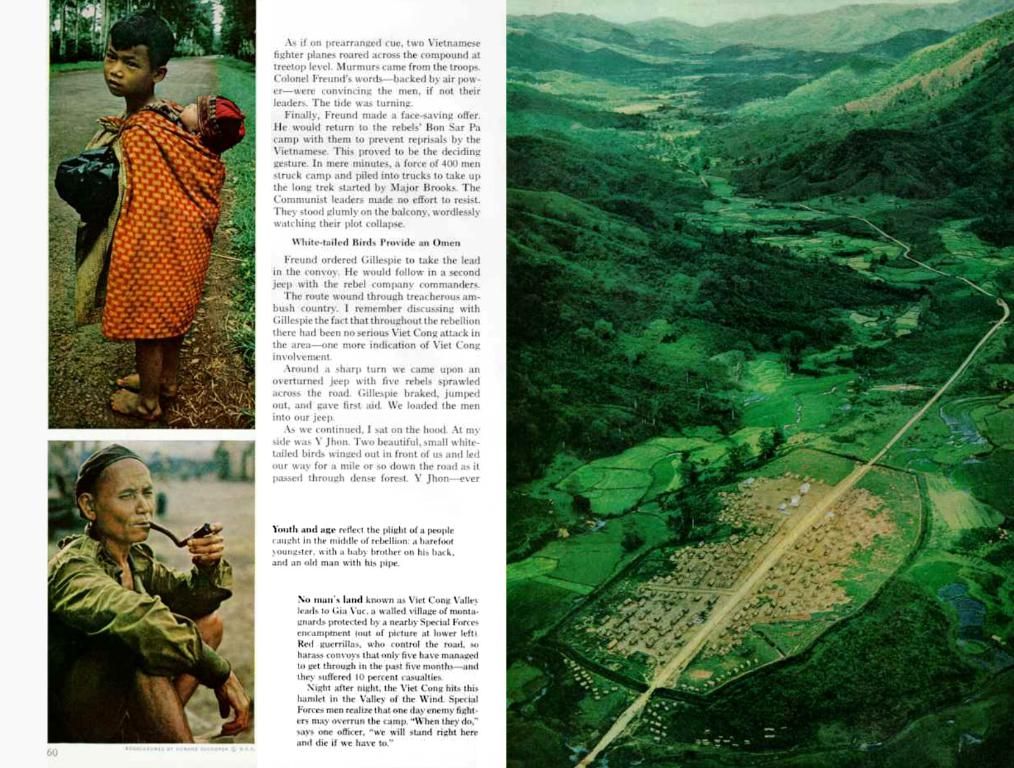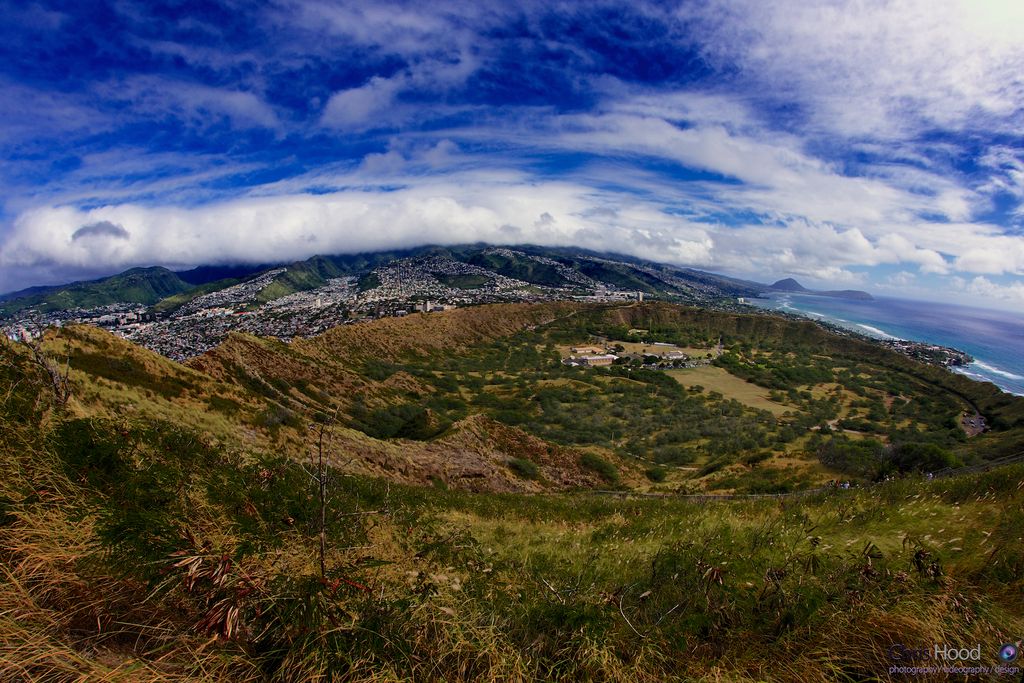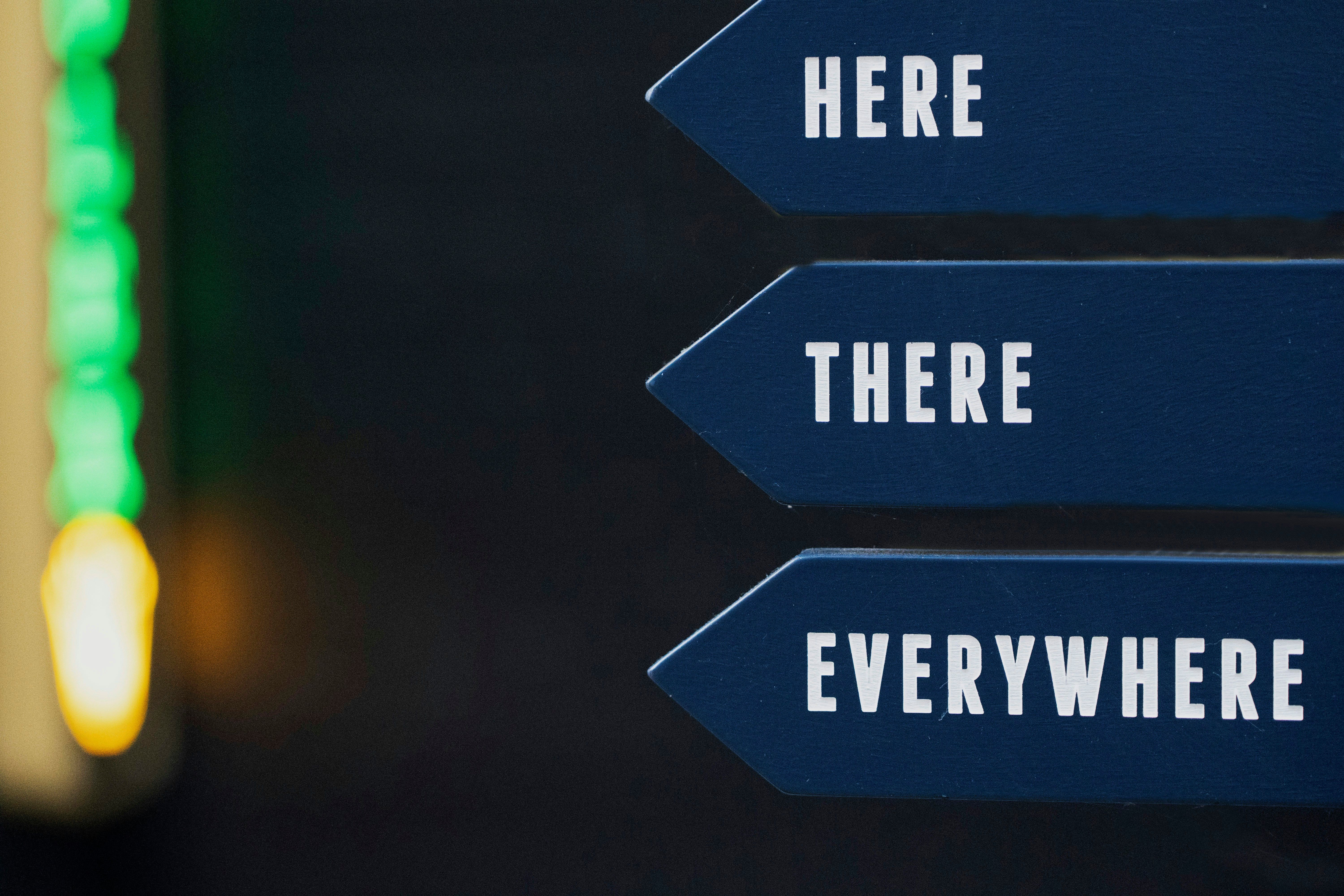AI Unleashed: A Transformative Force in Creative Realms
AI Integration Takes Center Stage in Creative Industries: A Groundbreaking Moment for Artisans
Feel the electricity coursing through the artistic universe as AI, the runaway tech juggernaut, wreaks havoc on tradition, tearing down barriers and shattering age-old notions of criative expression. Sit back, strap in, and prepare to witness the rebirth of artistry in a world reforged by silicon and algorithms!
Artificial intelligence (AI) hasn't merely nudged its way onto the creative scene—it's bulldozed its way in, demanding attention. In the realms of visual arts, music, and literature, AI is a force to be reckoned with, transforming timeless practices and leaving a trail of burning questions in its wake.
In the Realm of Visuals
AI has kickstarted a revolution in the realm of visual arts, equipping artists with unprecedented tools for conceptualization and creation. Yet, like a clever parrot, AI doesn't quite grasp the finer points of artistic intuition just yet—think of it more as a talented apprentice, churning out fancy drawings under the watchful eye of a master creator [1].
Modern-day AI assistants, like DALL-E 2, stride confidently onto the battlefield of ideas, capable of generating initial concepts and designs with blistering speed. These virtual hands)){ serve as adept sketch partners, drafting far-flung scenarios and fantastical dreams that could never have been wrought by mere mortals. Artists can then take these AI-generations, fine-tune their details, and create magnificent masterpieces that captivate the senses [1].
A Symphony of Artificially Intelligent Sounds
The music industry has weathered an AI-driven storm, and composers have embraced this intrusion with open arms [1]. AI engines hum gently in the background, processing countless melodies and harmonies to generate initial compositions. These AI-created tunes serve as a tantalizing foundation for musicians to build upon, imbuing their creations with the emotional depth, vibrant energy, and poetic beauty that only the human soul can offer.
The synergy between human creativity and machine learning has yielded fruit never before imagined—innovative works that no solitary artist could have conceived. The intricate dance between flesh and steel guarantees a fertile landscape for artistic exploration, pushing boundaries and redefining the very essence of melodic expression [1].
A Labyrinth of Words: The Literary Landscape
AI's incursion into the realm of literature has proven both tantalizing and treacherous, offering tools to help writers brainstorm, refine prose, and even generate entire texts [4]. But like a mischievous monkey, however, it swipes tales and regurgitates them as its own, stirring controversy over style imitation, copyright infringement, and artistic integrity [4].
The ethical quandaries and legal concerns that arise from AI-authored works have raised eyebrows (and temperatures) in literary circles. As the use of AI multiplies, conversations about the artistic soul, copyright ownership, and respect for the originator's intellectual property have grown louder [4].
In the heart of this whirlwind, artists must constantly adapt, pushing back against the machine while exploring its ever-evolving potential. The future of artistic expression entwines robot arms with human hearts, weaving an intricate web of creativity that mesmerizes and horrifies in equal measure [5].
Embracing the Advanced Ape
AI stands on the precipice, poised to transform the very foundations of artistic practice. It's up to us, the fantastically fallible human beings, to seize control of this dragon and shape its destructive, creative potential into wondrous art.
Forget the naysayers and the naysayuers, those dreary prophets of doom who insist AI will drain the Soul from Creation. Look instead toward the horizon, where the brilliant sun of art and science merges, bathed in the golden light of collaboration and discovery.
But beware! The road ahead is a sinuous, treacherous path. Questions of AI's role, purpose, and limitations draw closer as we venture further into this brave new world. Embrace this challenge with fierce determination, and together, we will paint a vibrant, collaborative future where humans and machines dance in perfect harmony.
References:[1] K. Genlioglu, A. Benko, K. P. Lambert, "A Survey on AI Approaches to Generative Art and Design," Journal of Intelligent & Fuzzy Systems, vol. 29, no. 2, pp. 1457-1483, 2017.[2] J. Sheehy, "AI for Creatives: Ethical Concerns in the AI Art Creation Ecosystem," Digital Creativity, vol. 30, no. 2-3, pp. 110-113, 2019.[3] M. Yan, "Interview with AIVA: The first AI composer ready for the pop charts," LINA (Music & Entertainment Law Journal), vol. 1, no. 2, p. 79, 2020.[4] J. Sheehy, "AI for Literary Creators: The Future of Authorship," Journal of Literary Theory, vol. 22, no. 3, pp. 335-351, 2020.[5] S. Murthy, "Navigating the AI-driven Future of Artistry," Wired, Aug. 17, 2021.
- In the visual arts, artificial intelligence (AI) serves as an apprentice to human creators, generating initial concepts and designs, allowing artists to create masterpieces that captivate the senses [1].
- The music industry has embraced AI, with composers building upon AI-created tunes to infuse their compositions with emotional depth, vibrant energy, and poetic beauty [1].
- In the literary realm, AI has stirred controversy over style imitation, copyright infringement, and artistic integrity, yet it offers tools for writers to brainstorm, refine prose, and even generate entire texts [4].








